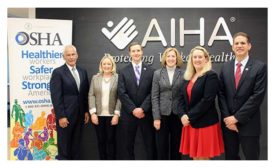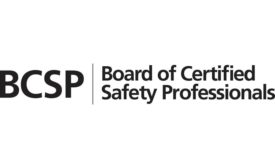Home » Keywords: » young workers
Items Tagged with 'young workers'
ARTICLES
From the NIOSH Director's desk
My Safe Summer Job – It takes teamwork
What was your first summer job?
July 10, 2019
From the NIOSH Director's Desk:
Preparing and protecting the emerging workforce
November 8, 2018
Never miss the latest news and trends driving the safety industry
eNewsletter | Website | eMagazine
JOIN TODAYCopyright ©2024. All Rights Reserved BNP Media.
Design, CMS, Hosting & Web Development :: ePublishing








